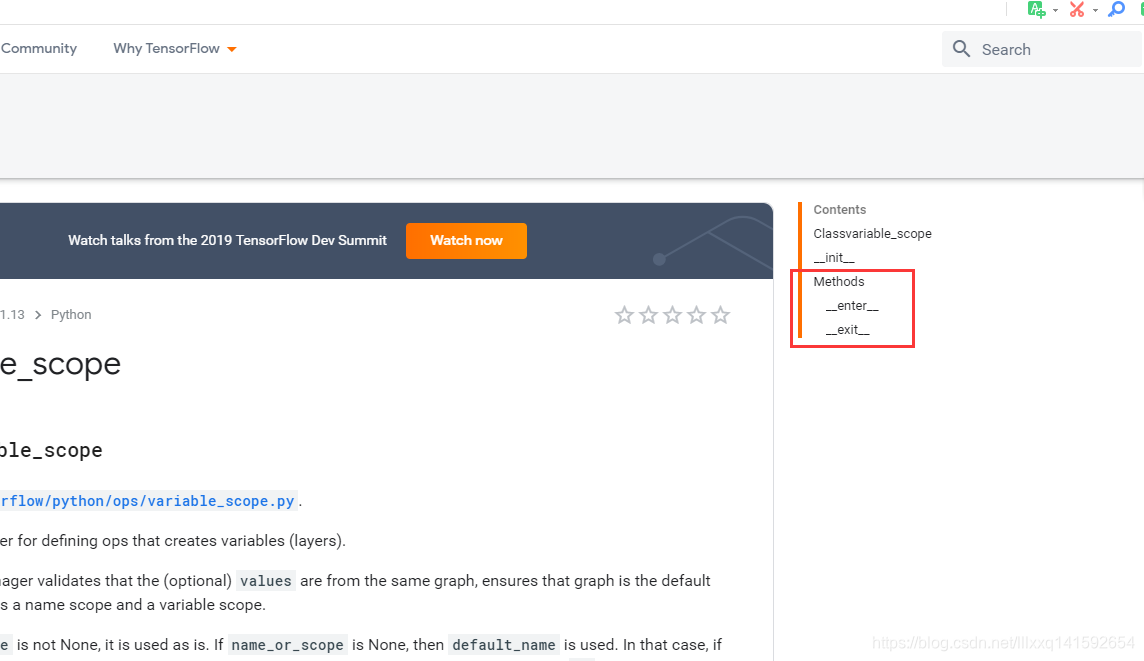https://www.tensorflow.org/api_docs/python/tf/variable_scope?hl=en

本质是一个上下文管理器。
创建新变量
import tensorflow as tf
with tf.variable_scope("foo"):
with tf.variable_scope("bar"):
v = tf.get_variable("v", [1])
assert v.name == "foo/bar/v:0"
通过tf.AUTO_REUSE分享变量
def foo():
with tf.variable_scope("foo", reuse=tf.AUTO_REUSE):
v = tf.get_variable("v", [1])
return v
v1 = foo() # Creates v.
v2 = foo() # Gets the same, existing v.
assert v1 == v2
通过reuse=True分享变量
with tf.variable_scope("foo"):
v = tf.get_variable("v", [1])
with tf.variable_scope("foo", reuse=True):
v1 = tf.get_variable("v", [1])
assert v1 == v








 本文深入探讨了TensorFlow中变量作用域的概念,演示了如何使用tf.variable_scope创建新变量,以及如何通过tf.AUTO_REUSE和reuse=True选项实现变量的复用,确保了变量在不同作用域下的唯一性和共享。
本文深入探讨了TensorFlow中变量作用域的概念,演示了如何使用tf.variable_scope创建新变量,以及如何通过tf.AUTO_REUSE和reuse=True选项实现变量的复用,确保了变量在不同作用域下的唯一性和共享。
















 5341
5341

 被折叠的 条评论
为什么被折叠?
被折叠的 条评论
为什么被折叠?








